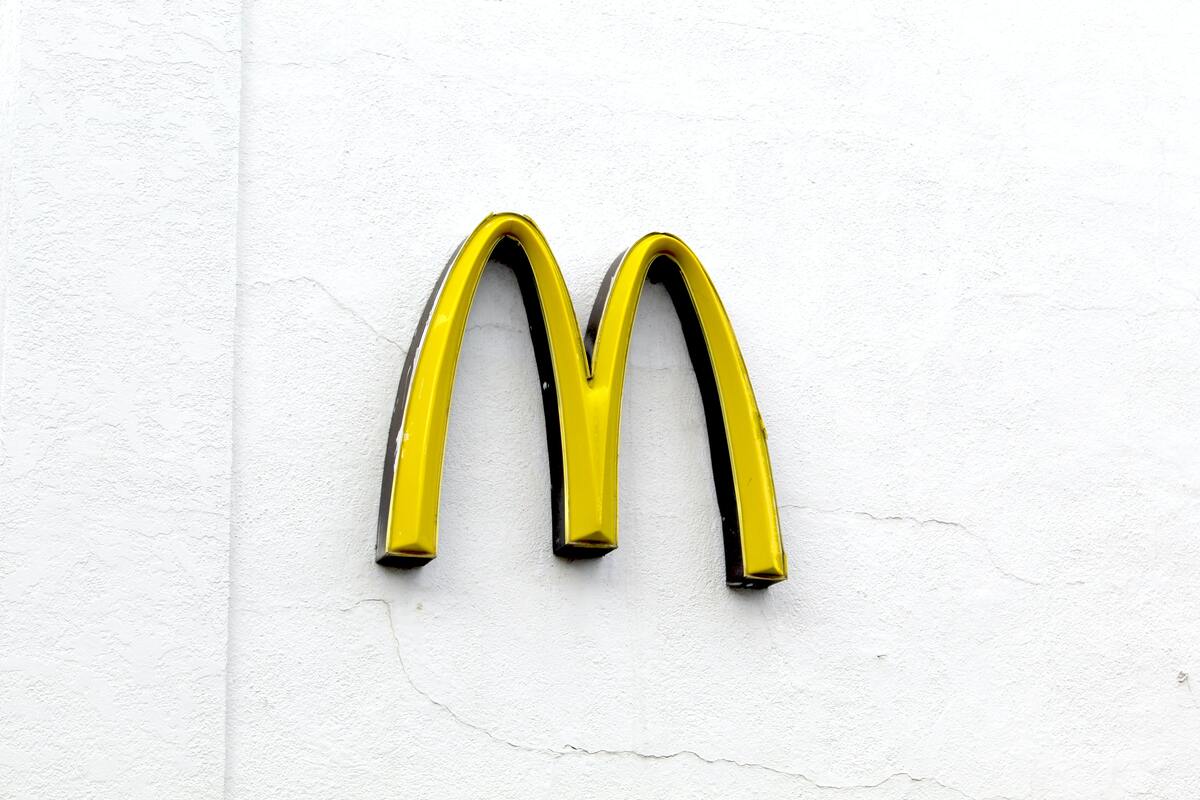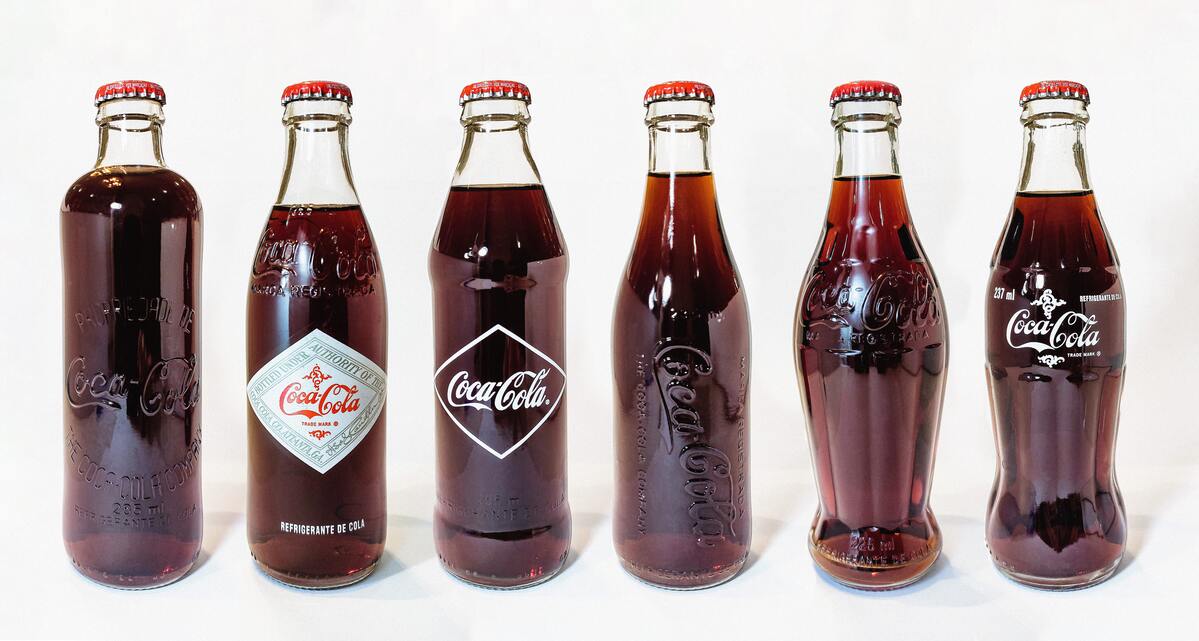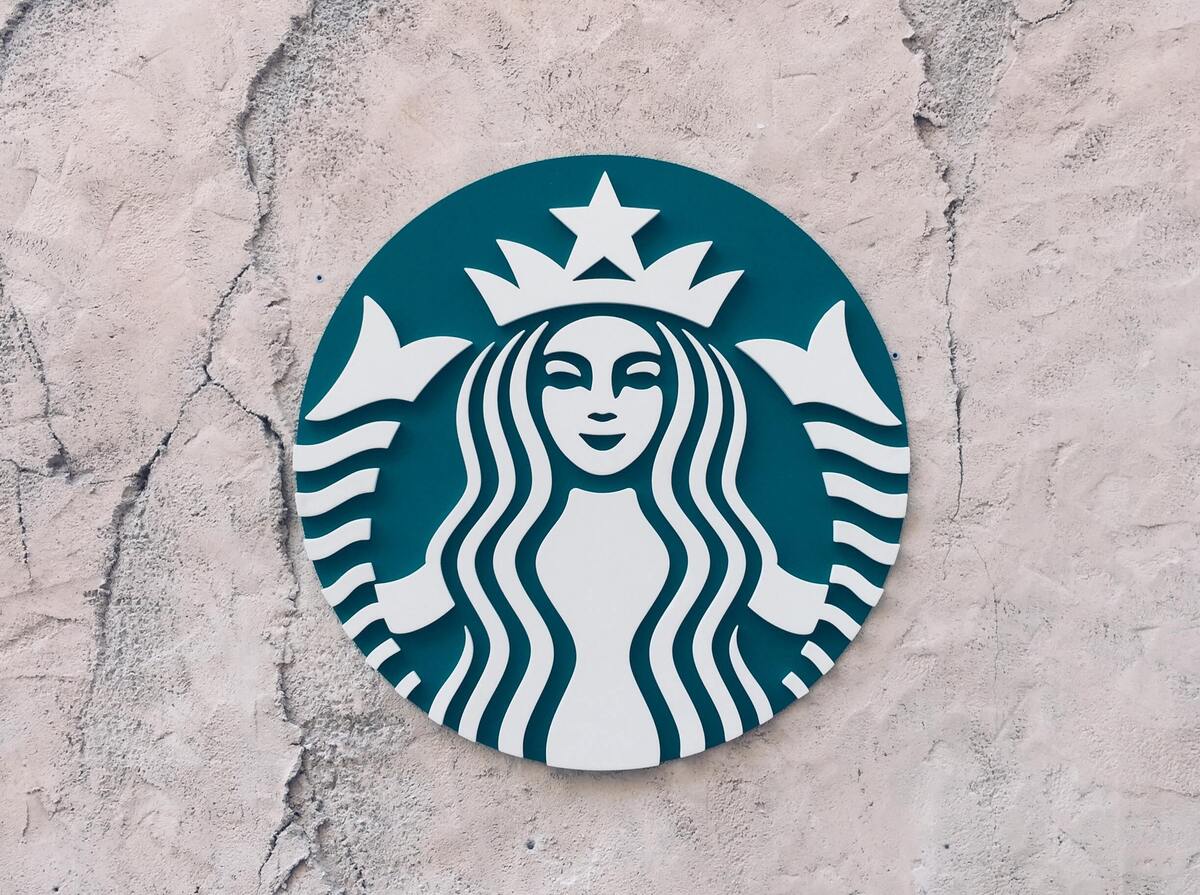
The brand debranding trend is a strategy that has been experimented with in recent years, as many companies have realized that it is not necessary to change the entire image of the company, but that it is only necessary to fix a few details. Unfortunately, many times it is not taken into account that debranding not only refers to changing the image of the brand, but also refers to changing the name, the way in which the brand is talked about and certain internal aspects of it.
That is why it is important to bear in mind that each company is different and that the debranding decision must be made by specialists in this field. That is why there are companies that have been in the world of communication for years and that know all the possibilities it offers. In the world of marketing, debranding is called the stage of the process of a brand or product, where the characteristics, the name or the colors that identify the previous brand are eliminated.
What are the features of the debrandhing?

Debranding, also known as desbranding, is the unmarking activity. That is to say, the process of removing or modifying the brand of a product or service. It is one of the main marketing strategies to breathe new life into a brand. The motivation that can lead a company to decide on debranding can be:
Marketing strategy change
If a company decides to change its marketing strategy, branding can be one of the first things to change. Therefore, it is very common that you decide on debranding, since it can be much easier than changing your name.
Brand wear
It is very common for brands to wear outAlthough this process can be much more expedited if the company has made marketing mistakes.
Product volume
When a brand becomes the highest level brand in its category it tends to lose its value. On one side, subject to the risk of market saturation, which can reduce sales. On the other hand, there is a high probability that other manufacturers of products in the same category will copy it.
Change in quality level
When a product or service changes in quality, the brand can lose its value. For example, if a manufacturer of beauty products starts making poor quality products, their customers may stop buying from them.
Lack of profitability
A company that does not generate benefits With a brand you may want to change it for another that is profitable.
Makeover
Rebranding is one of the most effective ways to change the image of a company.
The dangers of debrandhing
You always have to keep in mind the advantages and disadvantages that any marketing strategy can cause. In all of them there may be a series of risks that are not seen at first glance. Debranding is a short-lived business technique. Its effectiveness is in the initial impact and the confidence that it can generate. Although it has a good chance of success, keep in mind that it is fraught with risks. If the consumer has a good brand image, the risk is lower.
The brands of large companies have a higher level of knowledge and trust, so their reputation can be affected. Debranding is not a strategy that can be applied to all brands. The brands that can benefit from this technique must have distinctive and recognizable characteristics at a glance. Be it the colors or the corporate fonts, which help the consumer to recognize the brand at first glance.
Based on the risks we have mentioned, the most important, which can suffer a mark, is the loss of brand identity. Eliminating the name or logo can mean losing the values that identify a brand.
Examples of debranding
Coca-Cola
Cola Cola decided to remove the name from its packaging and instead decided to name people or words such as brother, sister, dad or mom. The impact was such that they were very successful and this had an impact on the company's sales, increasing them.
Starbucks

We all know that Starbucks does not sell coffees, if not experiences. Over the years, this chain has also changed its logo, eliminating the brand name and keeping only the logo. His goal was unite the brand with the people to continue being one of the main coffee shops referring to coffee worldwide. It is because of that They decided to implant in their containers to bear the names of the people.
Pepsi
When this brand was created it was known as Pepsi Cola, today the brand decided to dispense with the word Cola and stick with only Pepsi. This brand is recognized by its symbol, the circle with the colors blue, red and white. Some colors that have very recognizable tonalities when seen together.
The reason for using this strategy was nothing more than to consolidate the brand values of this company, since throughout its history they had modified their logo countless times and this meant that both the brand image and sales were affected. .
Movistar

Previously, this Spanish brand was known as Telefónica. His goal was to change his target and bring it to a younger audience. As of 2010, they began to use the name Movistar.
Currently this company has been reduced to the M for Movistar. They opted to eliminate the highlights and highlights that the previous M had, as well as the gradient background. Today the M is much flatter and simpler and can be seen in multiple colors, blue, white, or green. With this change they wanted to ensure that the brand will reach the new technological generations, respecting the values of the brand itself.
WeTransfer
Wetryearsfer es un serviceio online dwhere puedes underir files of de tu wordsenlove for which puedas enviarlo a tus contactyou. The rebranding case of this brand is similar to that of Pepsi, this brand decided to remove the "Tranfer" and leave only the "We". The purpose was to connect with their community. Well, they didn't want their platform to look like a page where you can just send files more easily.